The new missile, called Fattah-2, was unveiled by the IRGC at a ceremony in Tehran attended by Supreme Leader Ayatollah Ali Khamenei. Fattah-2 is considered a hypersonic glide vehicle, a technology that not many countries in the world possess.
According to IRNA news agency, Fattah-2 is equipped with a hypersonic glide vehicle (HGV), which is capable of maneuvering and gliding at a speed of at least five times that of sound. They are usually mounted on ballistic missiles and can significantly change their flight trajectory after launch.
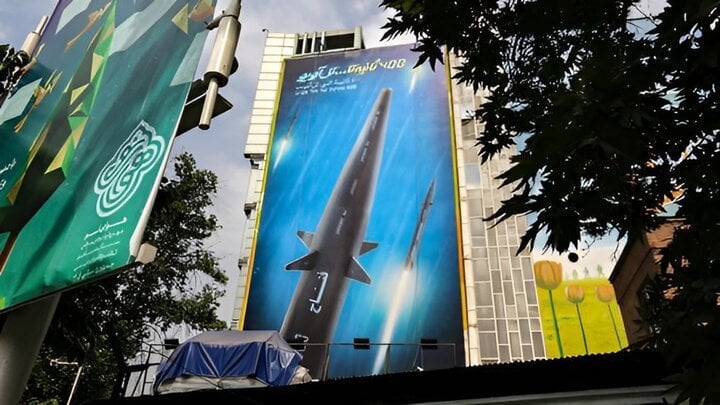
Iran unveils Fattah-2 supersonic missile. (Photo: RT)
This makes them a difficult target for many missile defense systems to intercept compared to traditional ballistic warheads that travel on more predictable arcs.
According to Iranian media, Iran is the fourth country in the world to use this technology, alongside China, Russia and the United States.
Meanwhile, Russia is one of the countries that has successfully applied HGV technology. Moscow owns the Avangard glider mounted on a silo-based intercontinental ballistic missile like the Sarmat. This device is capable of flying 20-27 times faster than sound (24,000-33,000 km/h) and has an explosive yield of up to 2 megatons, 100 times larger than the explosion created by a bomb.
The US also has a hypersonic glide vehicle program and has conducted tests. However, the program was delayed due to some problems during testing. According to media reports, the weapon system is expected to be operational by the end of this year.
Up to now, Iran has not provided many technical details about Fattah-2. In June, Iran announced another missile called Fattah - considered the predecessor of Fattah-2. With a range of 1,400 km and can fly 13 - 15 times faster than the speed of sound.
The commander of Iran's Aerospace Forces, General Amir Ali Hajizadeh, said in late June that the Fattah's range could be increased to 2,000 kilometers, allowing Iran to reach Israel - a country Tehran considers its arch-enemy - and could challenge any air defense system in the region.
Kong Anh (Source: RT)
Source










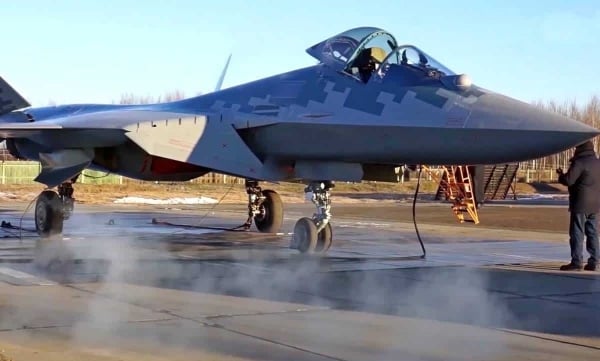

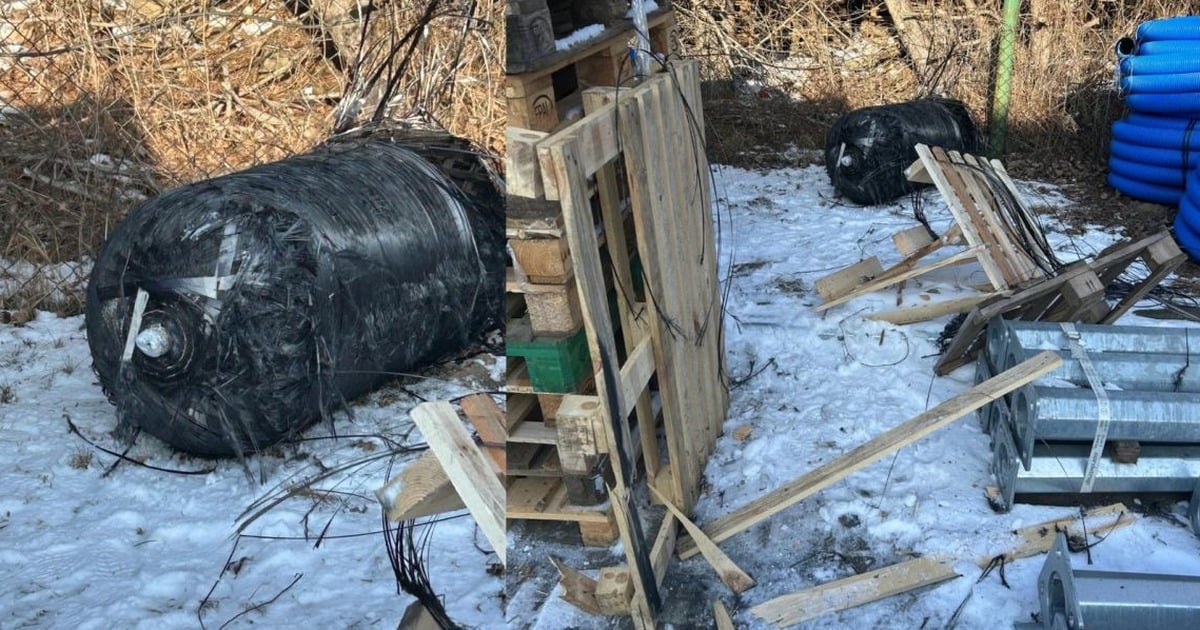
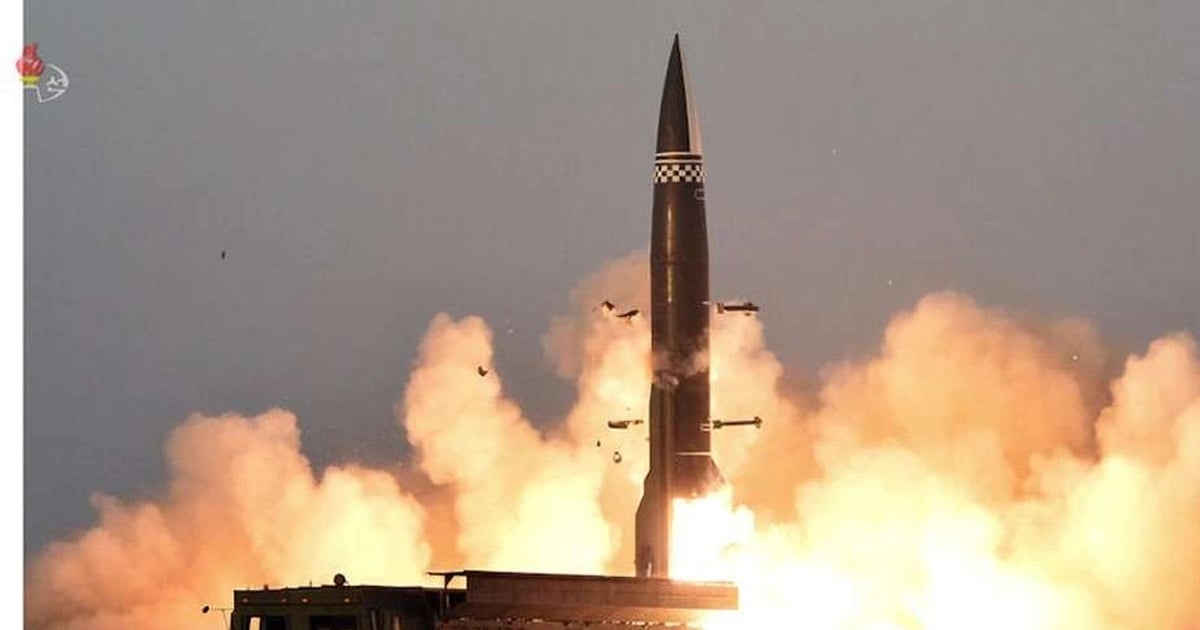


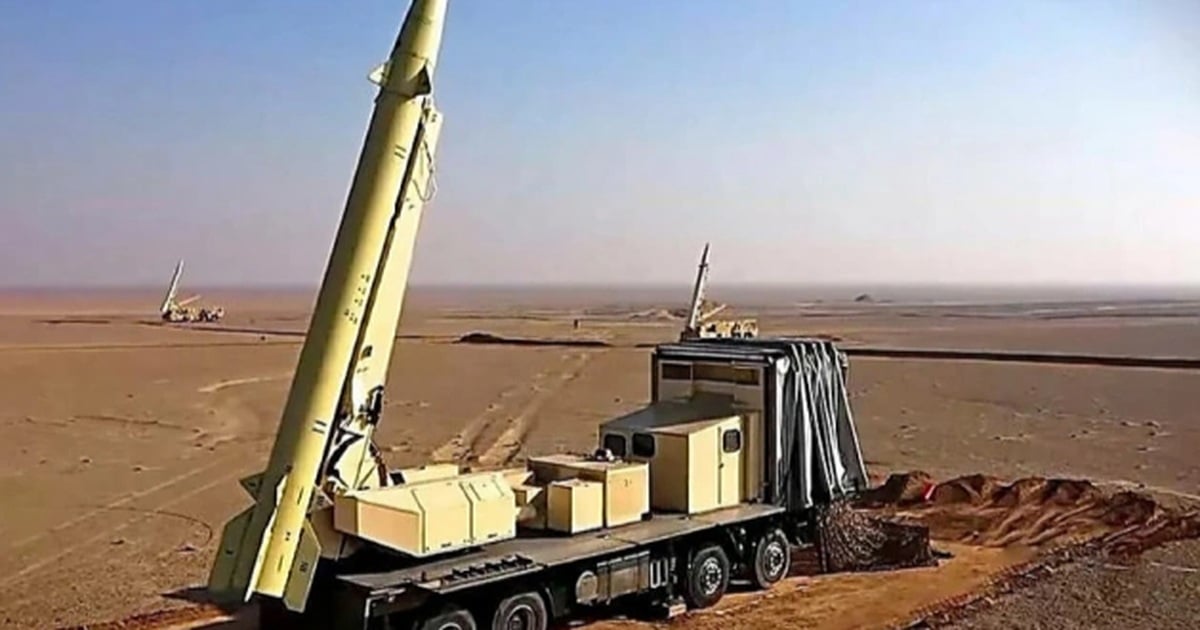
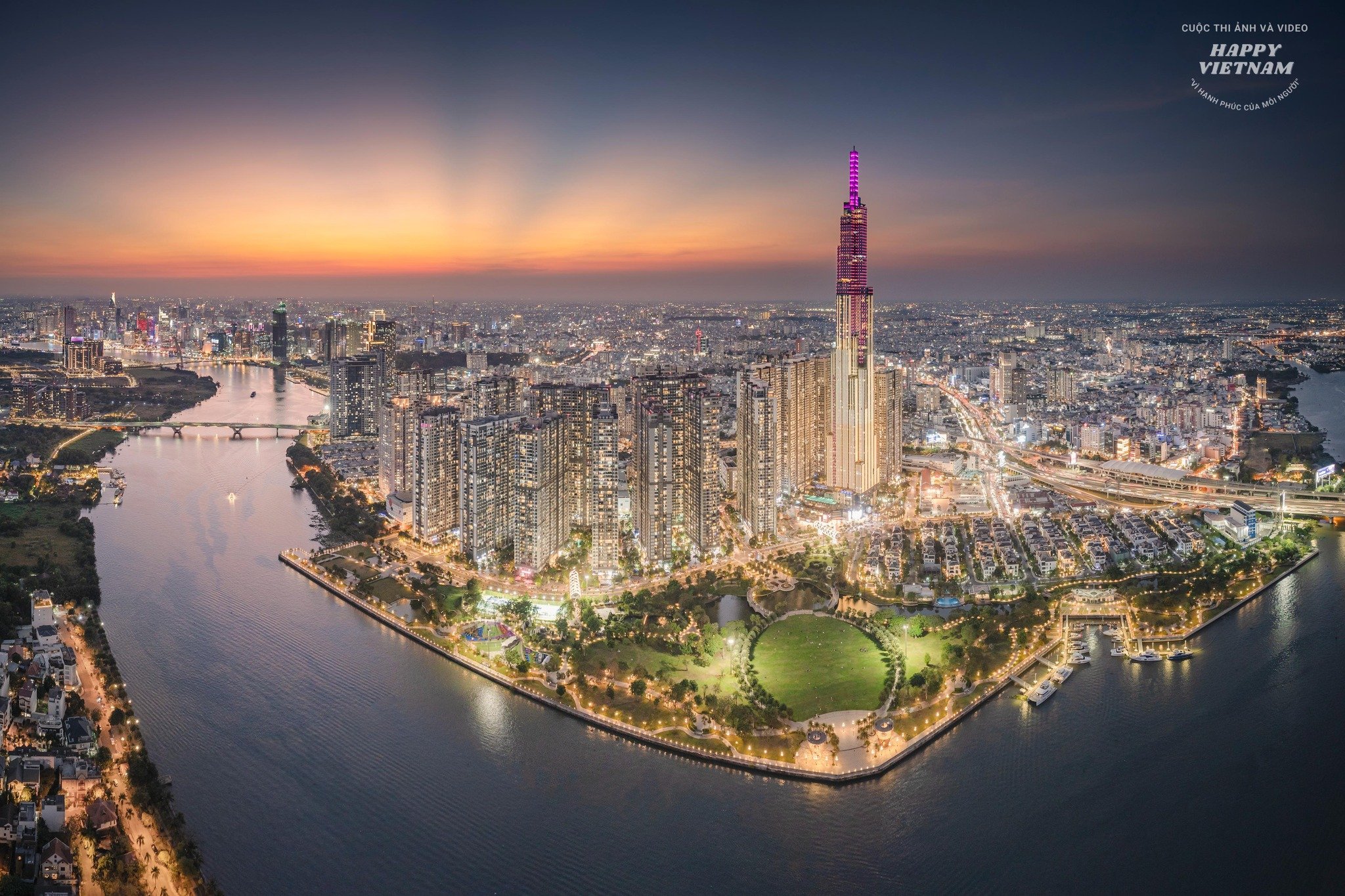



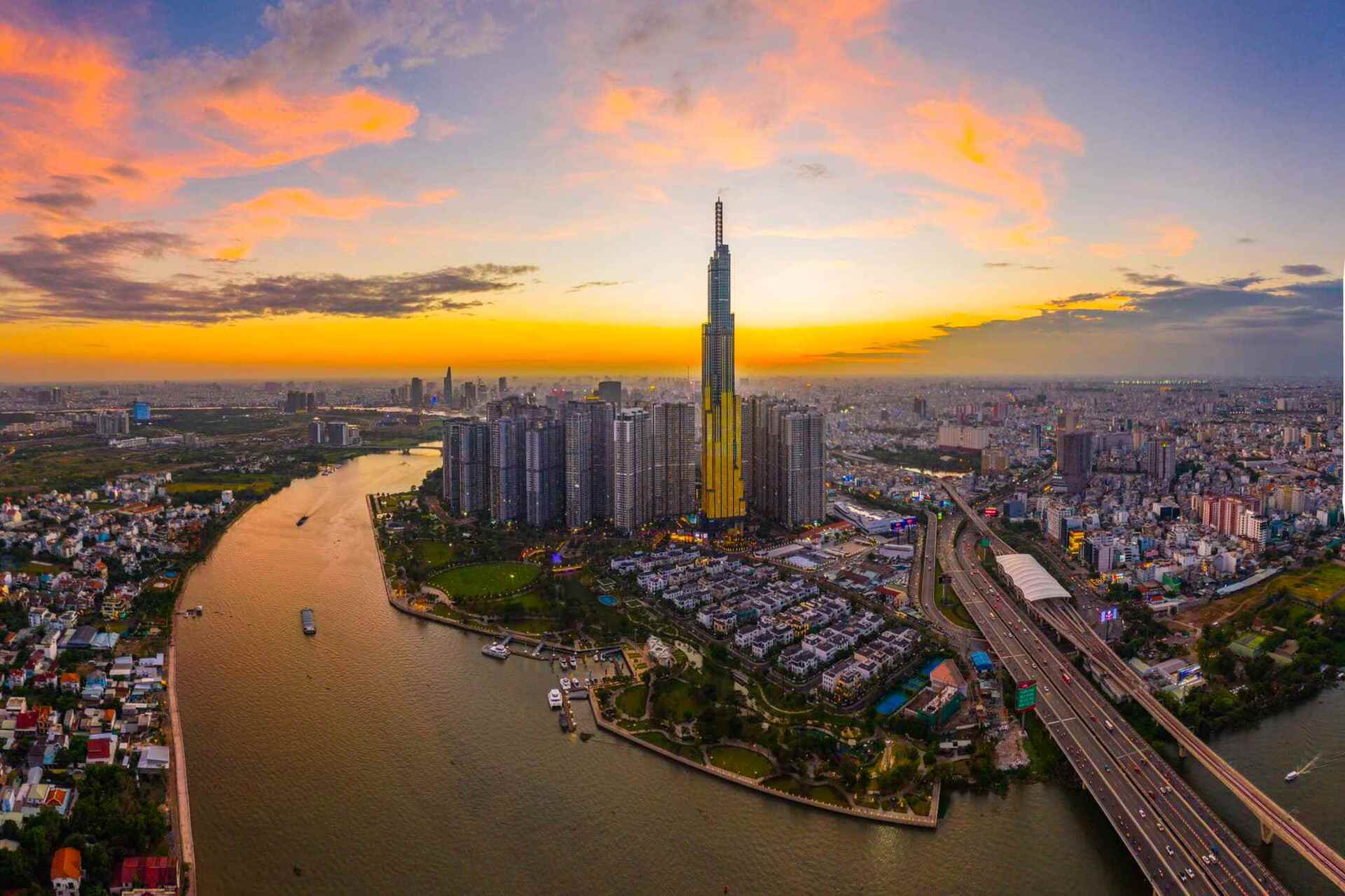


















![[Photo] Prime Minister Pham Minh Chinh chairs Government Conference with localities on economic growth](https://vstatic.vietnam.vn/vietnam/resource/IMAGE/2025/2/21/f34583484f2643a2a2b72168a0d64baa)
























































Comment (0)